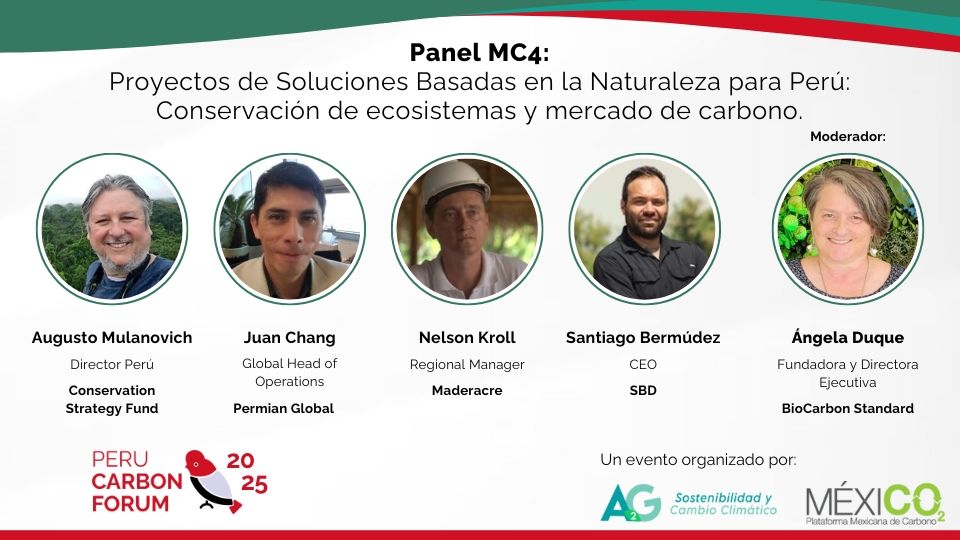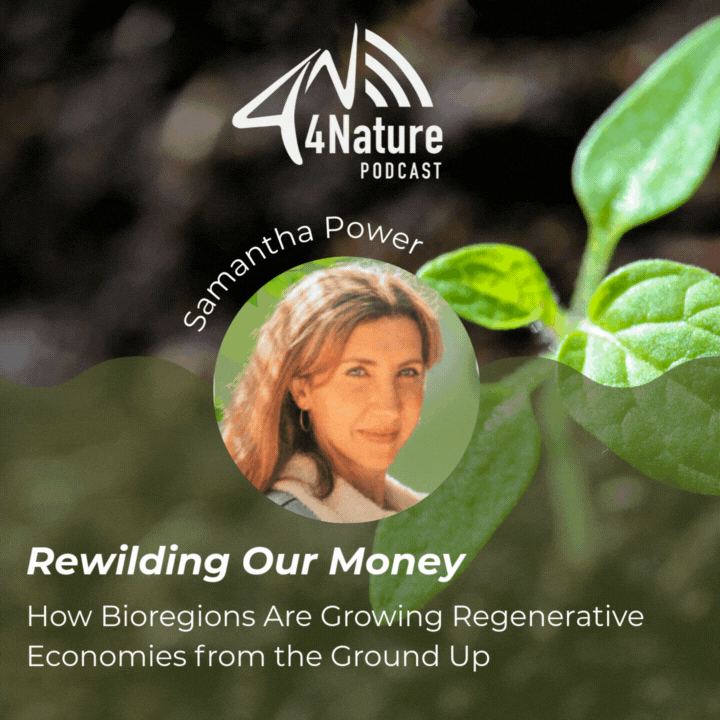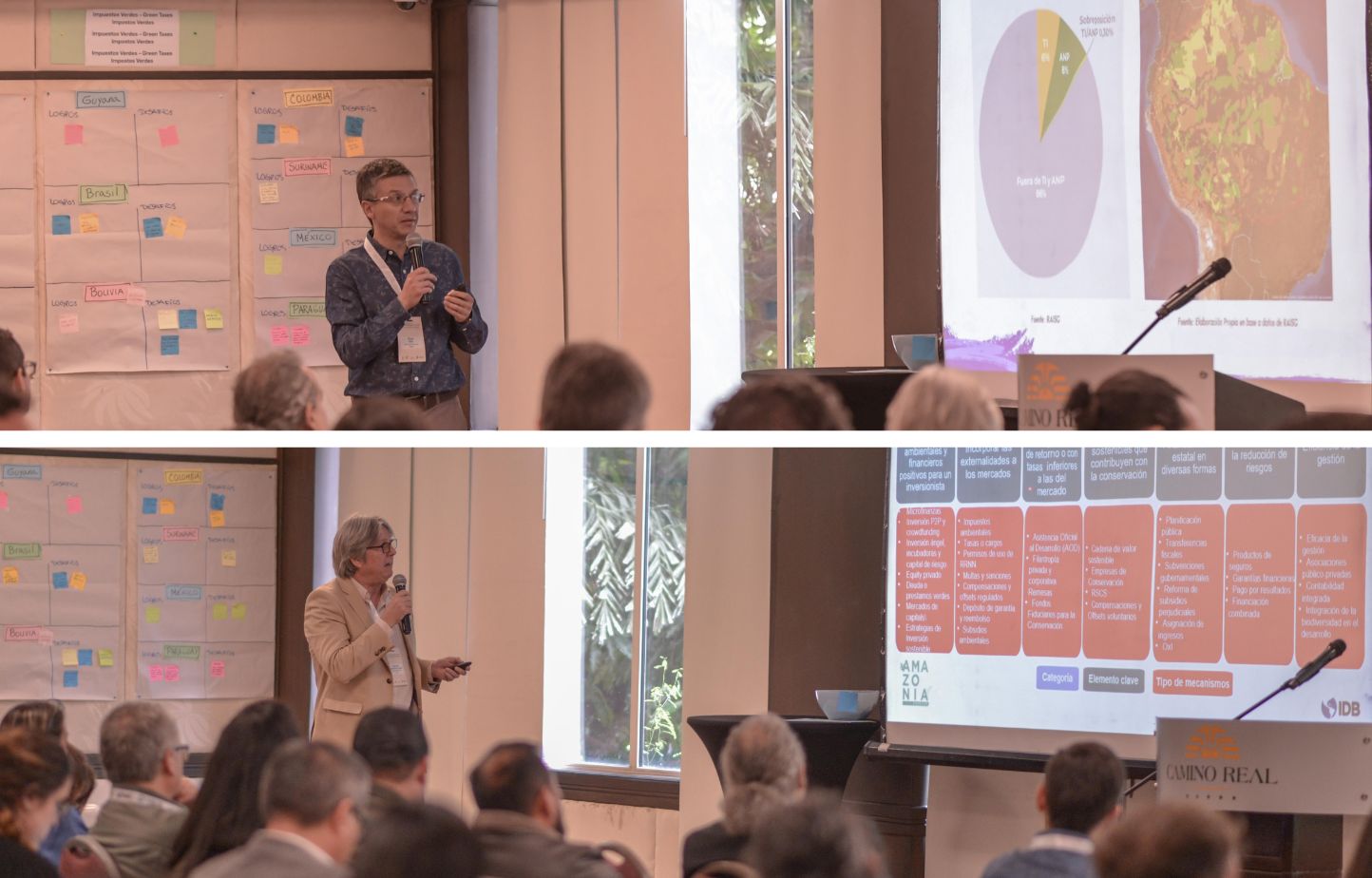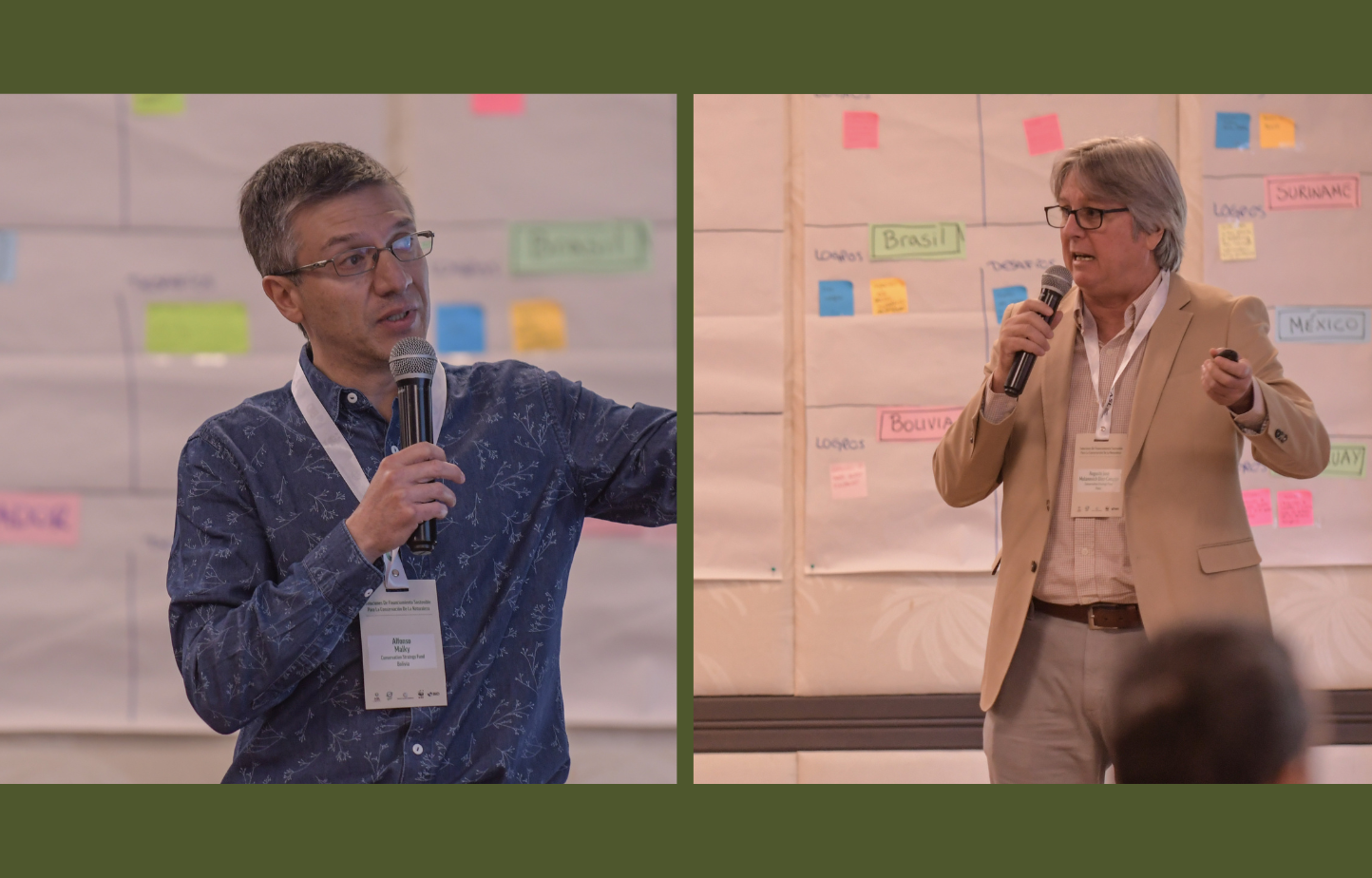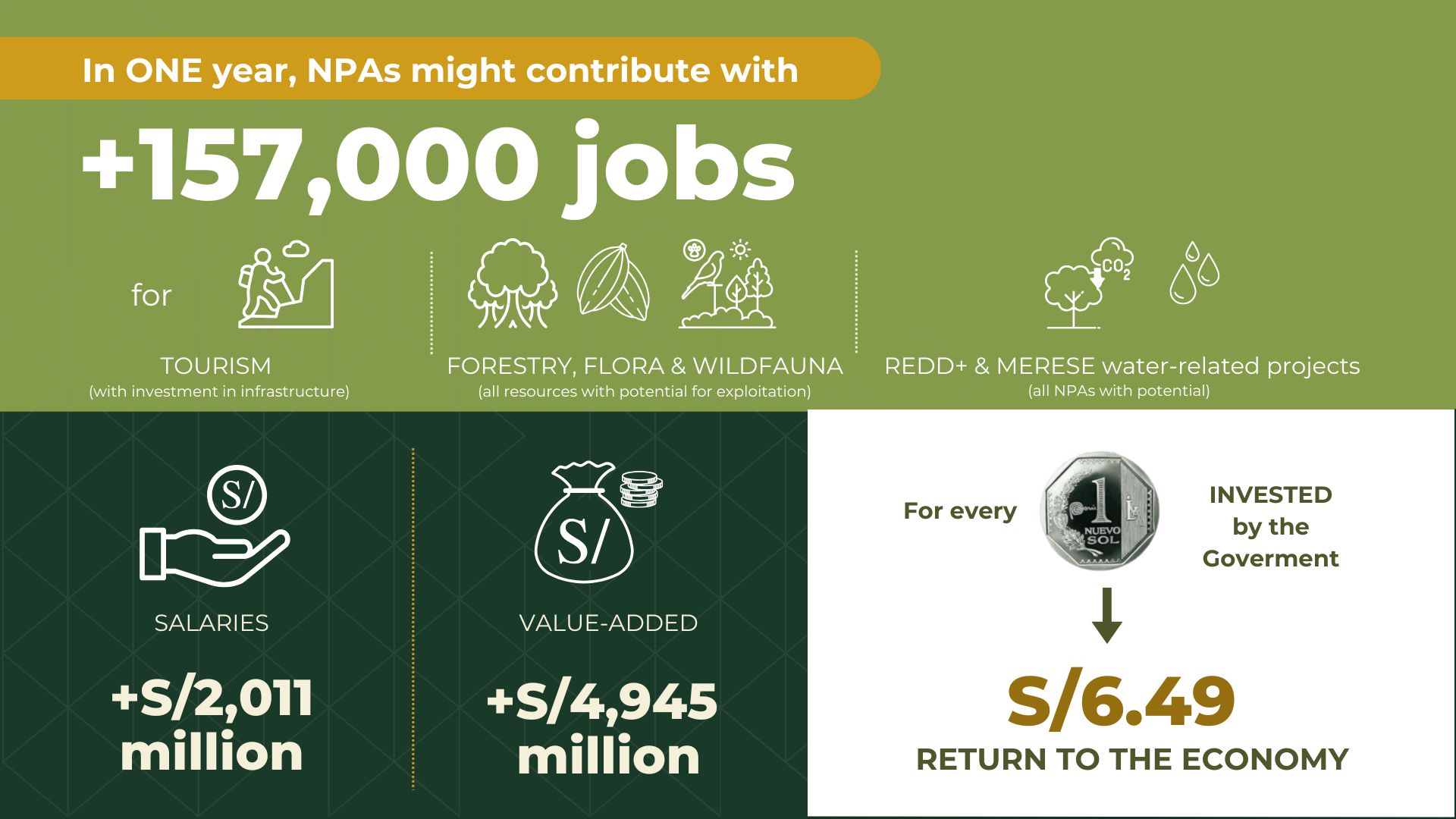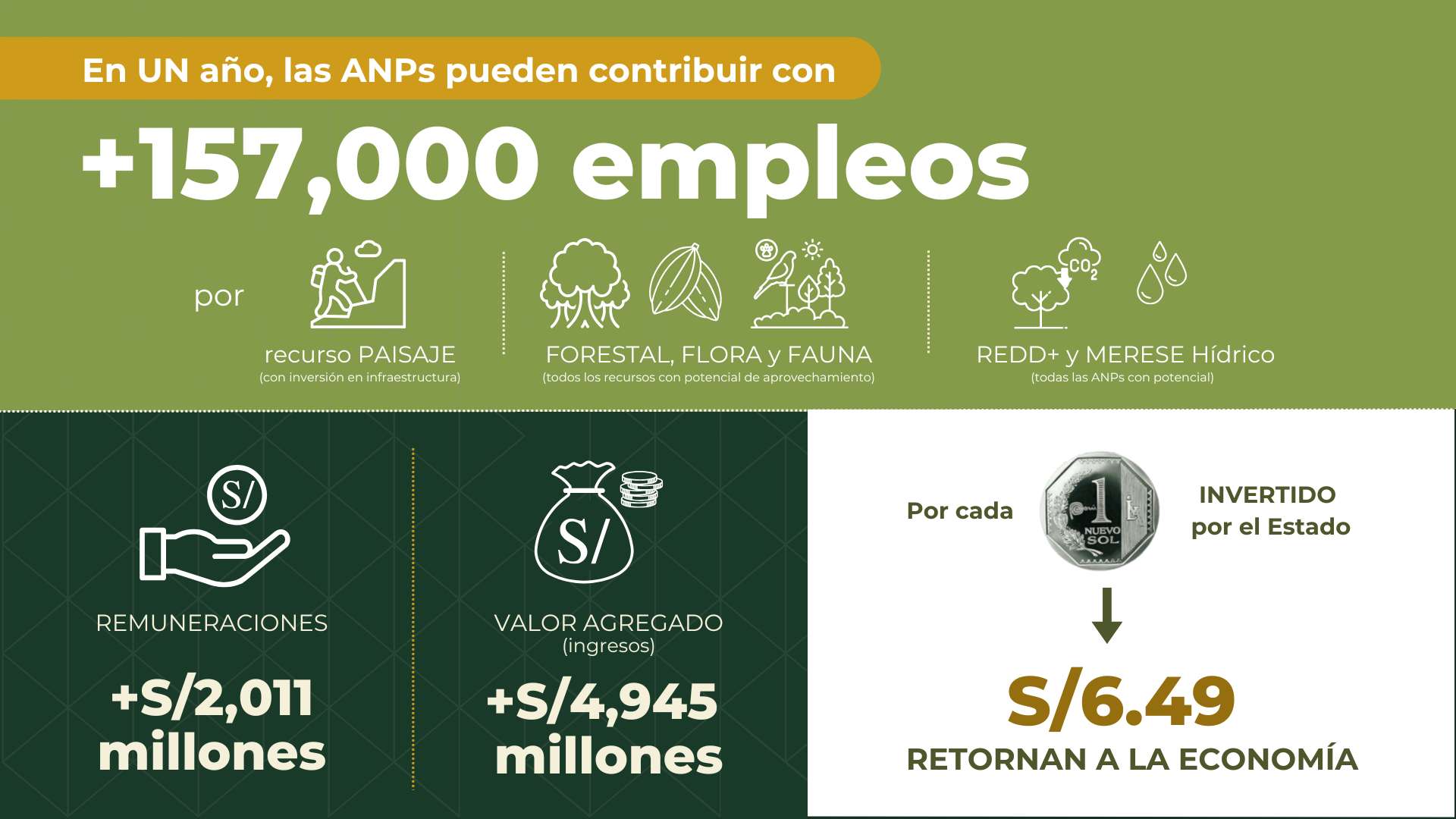News
“If you can walk away in life having at least forestalled the exploitation of a place, I think you’ve won.”
CSF Brings Environmental Leadership Course Back to Stanford
“Inspired is the primary word I will use.”
That sentiment, shared by multiple participants in this year’s Economics & Finance for Environmental Leadership course, captures the spirit of an experience that has become a cornerstone of global conservation leadership.
The virtual course Blue Economy for CMAR Partners is now underway. This training program was developed by Conservation Strategy Fund, through its Numbers for Nature Training Institute, with the support of the World Bank's PROBLUE Program and in coordination with the Secretariat of the Eastern Tropical Pacific Marine Corridor (CMAR).
Background: A Region of Rich Resources and Deep Traditions
Located in West Kalimantan, Sintang Regency spans approximately 21,000 square kilometers and is home to over 438,000 people. It holds significant natural assets: 1.3 million hectares of forest, rich biodiversity in national parks, and abundant freshwater systems, including rivers and lakes that sustain traditional livelihoods. The region is also culturally rich, with communities like the Dayak and Malay maintaining strong spiritual and practical ties to the land.
Lima, 29 de mayo de 2025 – En el marco del Peru Carbon Forum 2025, Augusto Mulanovich, Director de Conservation Strategy Fund (CSF) en Perú, participó como ponente en la mesa titulada “Proyectos de Soluciones Basadas en la Naturaleza (SbN) para Perú: Conservación de ecosistemas y mercado de carbono”. El evento reunió a actores del sector público, empresas, ONGs y sociedad civil para debatir sobre el futuro del mercado de carbono en la región.
Interview by David Meyers and Kim Bonine for the 4Nature Podcast with Samantha Power, regenerative economist and co-founder of the BioFi Project
Santa Cruz de la Sierra, Bolivia.— On April 2-4, the Amazon Sustainable Landscapes Program, the Inter-American Bank and WWF International hosted more than 90 experts from governments and NGOs for a workshop entitled “Sustainable Financial Solutions for Nature Conservation”. This event highlighted sustainable financing as a key tool for nature conservation in the Latin America and Caribbean regions.
Del 2 al 4 de abril, Santa Cruz de la Sierra (Bolivia) albergó a más de 90 expertos, de gobierno y sociedad civil, en el taller “Soluciones financieras sostenibles para la conservación de la naturaleza”, organizado por el Programa Paisajes Sostenibles de la Amazonía -una iniciativa regional liderada por el Banco Mundial y financiada por el GEF-, Banco Interamericano de Desarrollo (BID) y WWF Internacional.
A recent study from Conservation Strategy Fund (CSF) demonstrates the positive impact of NPAs on the Peruvian economy, and highlights how an investment in these services could mean a return of nearly 900% in economic value to Peru. This economic analysis indicates that strategic investments in these spaces will conserve natural heritage, and also generate employment and economic growth.
The natural protected areas (NPAs) are home to much of Peru's megadiversity. Ensuring their sustainability and efficient management is not only essential for the conservation of the country's flora and fauna but also represents a key opportunity for economic development and the well-being of local communities. The Conservation Strategy Fund (CSF) study reinforces this idea, highlighting the potential positive impact of NPAs on the Peruvian economy. Its findings indicate that investment in these strategic spaces, in addition to conserving natural heritage, also generates employment and economic growth.




